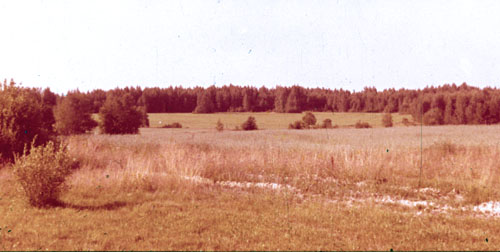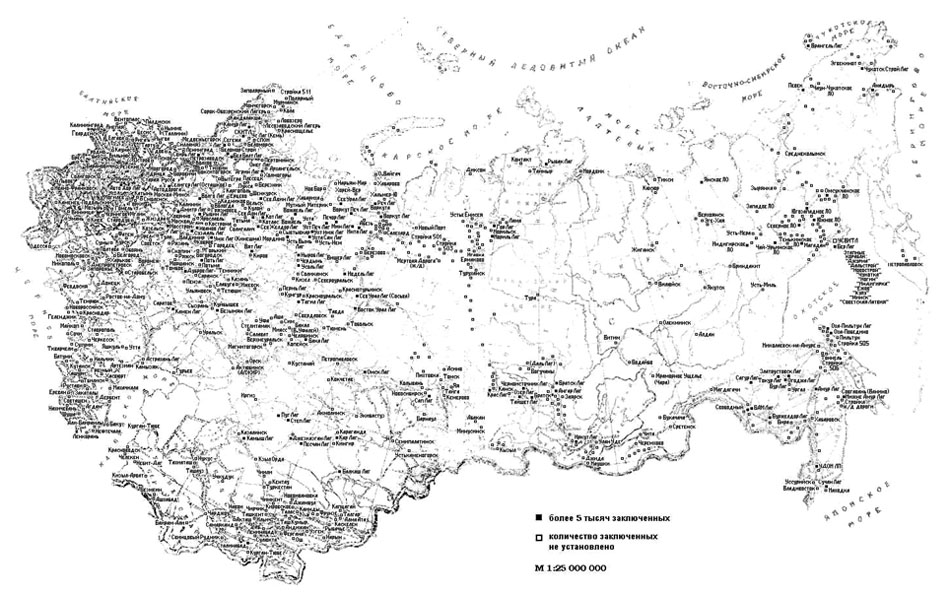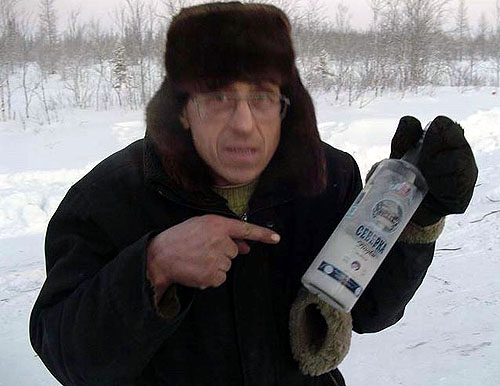
Western Siberia
Siberia (Сибирь)--there is continuing disagreement over the origins of the name "Siberia"--is a vast region of Russia stretching from the Ural Mountains to the Pacific Ocean and from China and Mongolia in the south to the Arctic Ocean in the north. Siberia is over seventy-five percent of Russia's total land territory but only has about twenty-five percent of Russia's population. Because it is such a vast area, it is no surprise that Siberia includes many different climactic zones and biomes, roughly corresponding to latitude. Most of Siberia is taiga--and it does get cold there. (0 to -5° F average in January is not uncommon.)
Well, there have been people living in Siberia since pre-historic times, and pretty many people at that. In the fifteenth century, the Muscovite tsars became a little more active in exploring to the east, towards Siberia. In the sixteenth century, under Ivan IV, the Stroganov family took the initiative to hire the cossack chief Ermak (aka Yermak, 1542?-1585) to defend some of the Stroganov family properties in the Ural Mountains. Ermak invaded Siberia and defeated the Siberian Khan Kuchum, but in the follow-up campaigns Ermak drowned. In the decades that followed cossacks continued to move into Siberia, mostly in the pursuit of furs. By the 1640s Russians had reached Lake Baikal and the Amur River. In the nineteenth century, the Russian government took a more active role in promoting the settlement of Siberia by Russians--there were already native Siberian peoples there. This process received a huge impetus with the construction of the Trans-Siberian railway beginning in 1891.

Siberia has long had a clear connotation of (connection with) political repression. In the mid-eighteenth century, the Russian government began to send petty criminals and political opponents to Siberia to perform hard labor (katorga). Because the convicts and criminals had to travel on foot, many died on the way. With the exile of the Decembrists, including their wives, families and friends, after the 1825 revolt, Siberia became a well-known destination for political opponents of the tsarist regime who were sentenced to exile or hard labor (or both)--Dostoevsky spent time in Siberia as well as did most of the later Marxist revolutionaries like Lenin. Stalin took the political exile system to a new level by establishing a huge network of labor camps, the GULAG. The word "Gulag" is an acronym derived from the Russian title for Главное Управление Исправительно Tрудовых Лагерей и колоний (Glavnoe Upravlenie Ispravitelno Trudovykh Lagerei i kolonii), "The Chief Directorate of Corrective Labor Camps and Colonies" of the NKVD. See the map that follows below. Millions of people died there during the Soviet Regime.

